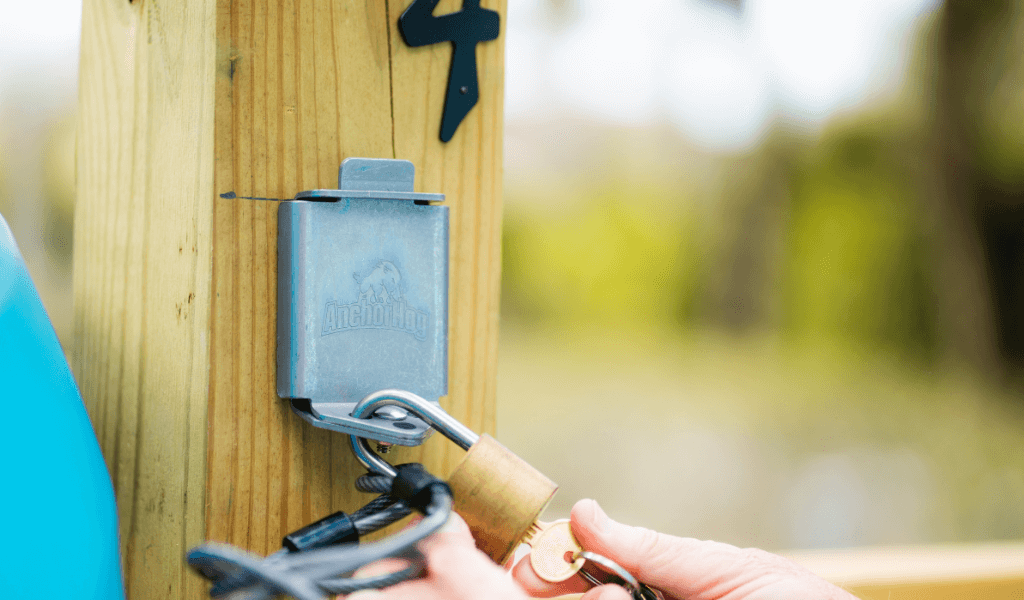Securing Your Portable Generator During Emergencies

Portable generators provide power when the grid goes out, and this can make them attractive to thieves in the aftermath of an emergency, such as a hurricane. Since operating generators too close to the house creates the potential for carbon monoxide poisoning, learn how to secure your generator and deter thieves.
Why Protect a Generator
When there’s no power, people may become desperate. If you are the only one in your neighborhood with a generator, you may soon become the envy of all your neighbors — and some could plot to steal the unit out from under you. The best way to prevent theft is to secure the generator so that it cannot be moved: most thieves are opportunists who see something they can take and grab it. If your generator can’t be stolen easily, they will look for something unsecured.
How to Protect a Generator During Emergencies
When you are not using the generator, it can be stored inside a locked garage, out of sight and thus out of mind. However, you’ll need the unit closer to your home (but not too close, due to the risk of carbon monoxide poisoning) when in operation, so you can plug appliances into the generator ports. Thus, you need a secondary solution to lock the generator in place. That’s where AnchorHog®, which was invented by Frank Lauyans, comes in handy.
AnchorHog attaches to a wall or concrete stud and allows you to secure your generator using a chain lock. Built from high-quality metal, the AnchorHog is safe and durable for outdoor use. The unit has a small footprint, so it blends in, but provides a big advantage in safely securing expensive equipment.
Take action to protect your generator now, so the next time you need it to power your home in an emergency, you won’t also have to worry about thieves.




 Florida Case Study: Generator Security in Hurricane Season
Florida Case Study: Generator Security in Hurricane Season  Save Christmas Decorations from Theft
Save Christmas Decorations from Theft  How Homeowners and HOAs Can Foster Safer Neighborhoods
How Homeowners and HOAs Can Foster Safer Neighborhoods  Which Trailer Tie-Down Anchors Provide the Best Overall Security?
Which Trailer Tie-Down Anchors Provide the Best Overall Security?  Weather-Proof Security with Stainless Steel AnchorHog
Weather-Proof Security with Stainless Steel AnchorHog 